I wanted to talk about a term that is often tossed around when talking about naval gunnery but is not completely understood. Since It had also been a while since we had a technical article, I think the time has come to discuss the topic of naval gunnery dispersion.
What is Dispersion?
Dispersion is a term to describe a particular weapon’s precision. Basically, it’s a measurement of the pattern surrounding the mean impact point, the target at which the gun is actually aimed. Because no gun can consistently hit a target at range, dispersion is the pattern of how the shells would fall around the point in which the gun is aimed.
Now, when discussing dispersion, at least on this page, most people hear it brought up when discussing warships with gunnery issues. “The Littorio class suffered from dispersion issues” or “The turret design of the Soviet Kirov class led to dispersion problems” for example. This might cause some people to think that dispersion is synonymous with bad gunnery, but the truth is a little more complicated.
This is due to the fact that all naval guns have dispersion issues. As much as designers would love to develop a naval gun with no dispersion whatsoever, this is simply not possible for reasons we are about to explain. Instead, the goal was to reduce dispersion down to within acceptable parameters. Good enough that it would not interfere with salvo spotting and allow for good gunnery.
Now, let’s talk about how naval guns suffer from shell dispersion
Internal Factors: Dispersion Issues from Gun/Shell Design
Dispersion first starts from the gun design itself. Features such as barrel length, rifling, muzzle velocity (too little or too much), and other factors can lead to accuracy issues. This goes beyond the gun itself as even the shell being fired can impact dispersion. Shell weight, its design (poorly designed driving bands), and its aerodynamics (you can have a shell too aerodynamic just as you can have one that is not aerodynamic enough) can also affect accuracy.
For example, let’s say you have a well-designed naval gun. During trials, it achieves a dispersion pattern of 125 yards at a range of 25,000 yards. However, a lack of materials to manufacture the original shells leads to the introduction of a newer, more poorly designed shell. This ineffective shell design might increase the dispersion pattern of our naval gun to 200 yards now at a range of 25,000 yards.
The Italian Littorio class battleships were affected by similar issues. During gunnery trials, the battleships displayed exceptional gunnery and were regarded as very accurate. However, during the Second World War, they suffered from accuracy issues that were later determined to derive from improperly manufactured shells. These shells led to notably poorer gunnery performance during certain actions (also leading to a persistent myth that the battleship class as a whole was notoriously inaccurate).
However, even more factors await.
External Factors: Dispersion Issues from Environmental Factors
Even with a properly designed gun and effective shells, other factors conspire against performance. Gunnery is further affected by environmental factors. Temperature, humidity, and windage can affect the performance of the naval gun, further influencing its dispersion pattern (negatively or positively in certain situations).
Some of these factors are even man-made in nature. For instance, the propellant used to fire the guns can degrade if not properly maintained.
An example of this can be seen in the performance of the battleship USS New Jersey during the Lebanese Civil War. During bombardment missions, the battleship suffered from serious dispersion issues. Accuracy was significantly worse than what had been achieved during service in WW2, Korea, and Vietnam. Investigations traced the issue back to degraded propellant. Following corrective measures that saw the propellant remixed and rebagged, performance was brought back to acceptable parameters and dispersion was improved.
We aren’t done just yet though!
External Factors: Dispersion Issues from the Gun Mounts
Finally, the very method of how the gun is mounted can further influence dispersion. The turrets the guns are mounted inside can influence accuracy. For instance, mounting the guns too closely together could cause the shells to actually interfere with each other upon leaving the barrels. This would lead to them interfering with each other’s flight path, throwing them off and leading to dispersion issues.
An example of this could be seen in the gun turrets of the Italian Zara class or Soviet Kirov class cruisers. In the interest of weight savings, designers mounted the guns closely together in a single sleeve (all the guns were on a common cradle, meaning the barrels elevated/depressed together). However, the close proximity of the guns ensured the shells and muzzle blast would actively interfere with the shells leaving the barrels next to them.
What made this even worse was that designers had to actively weigh the pros and cons of turret designs. As much as they would like to mount the guns far enough apart, they were also constrained by other factors such as weight and turret size. Sometimes they would have to accept dispersion issues in favor of other traits. The effect of turret design on dispersion was a major contributor to deciding between twin, triple, or quadruple turrets for many navies.
In this regard, a single gun turret would theoretically be the most accurate. However, this is simply not possible in the interests of overall firepower (throw/broadside weight) and salvo spotting. We will tackle that issue in the next article!
The issues can go beyond the turret and into the warship’s very structure/ hull design. If the hull is too lightly built, it might flex and through off the turrets. Such issues affected some of the Japanese cruisers (stemming from designers attempts to maximize firepower and reduce weight), leading to excessive dispersion. Later, by stiffening the hull further, such issues were largely rectified.
Overall, its a very complicated process with a ton of variables. This is a super simple breakdown of dispersion, but I hope that it might have made things slightly easier for you to understand!
Other Links and Interesting Reading
Want to follow Navy General Board on Social Media? Check us out on the platforms below!
Help the Website grow by purchasing a Navy General Board Shirt!
- YouTube
- The Navy General Board Forum
- Want to help the site continue to expand? Support us on Patreon.
- Learn more about how NGB got started!
More Great Articles
Check out our collection of articles. Some of our latest articles include:

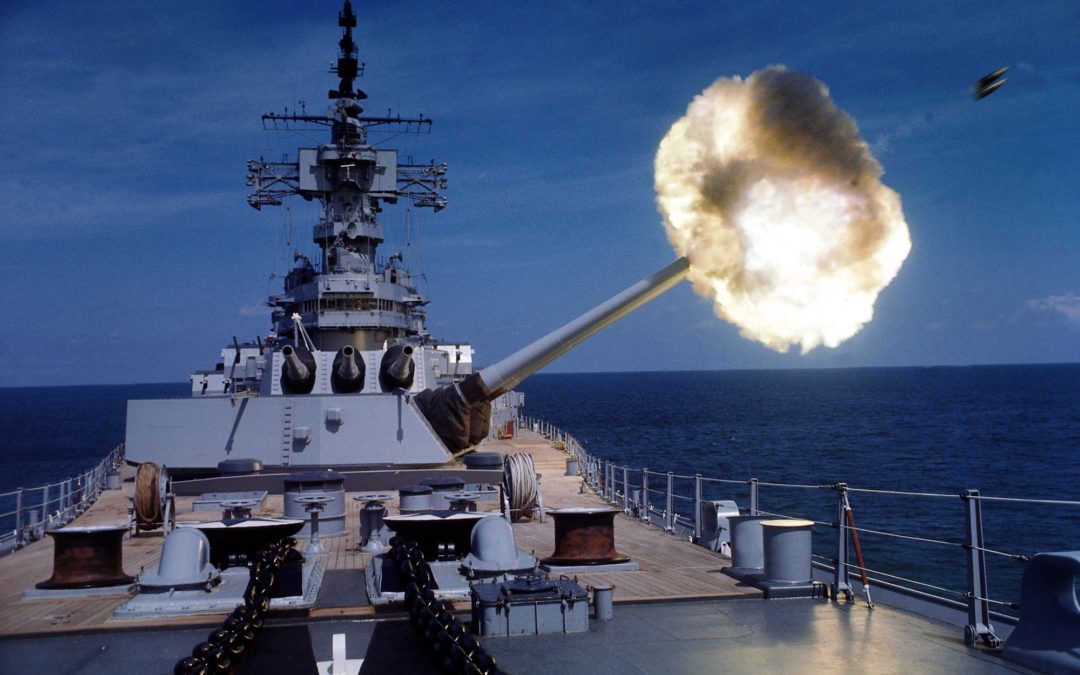
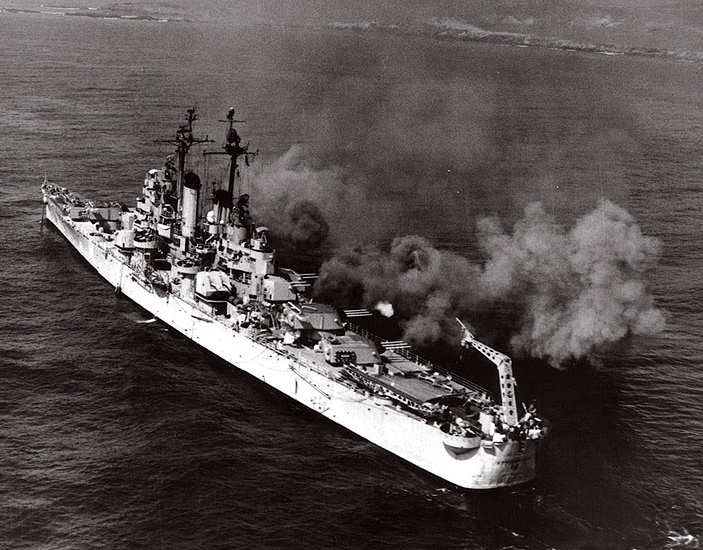
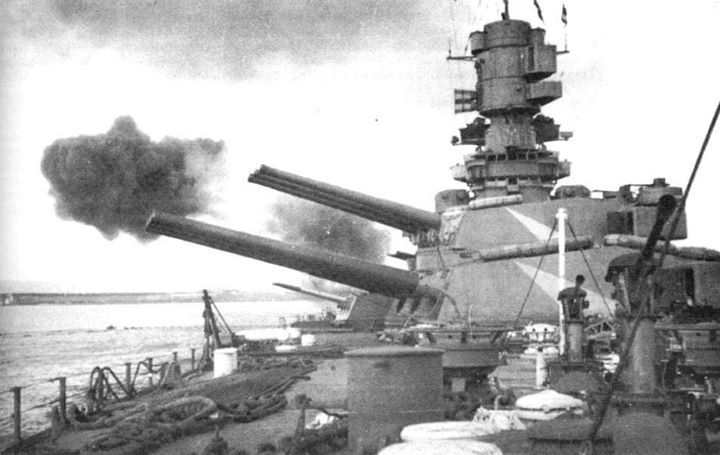
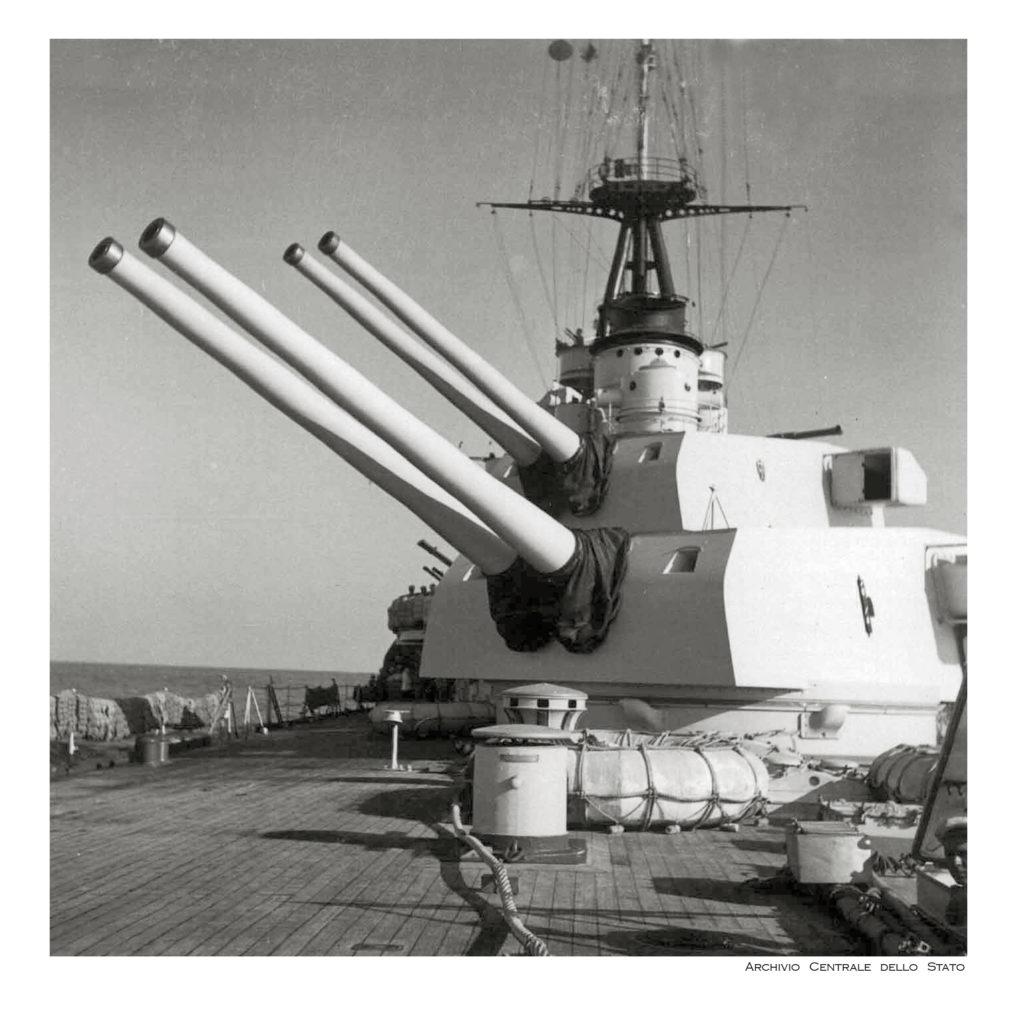
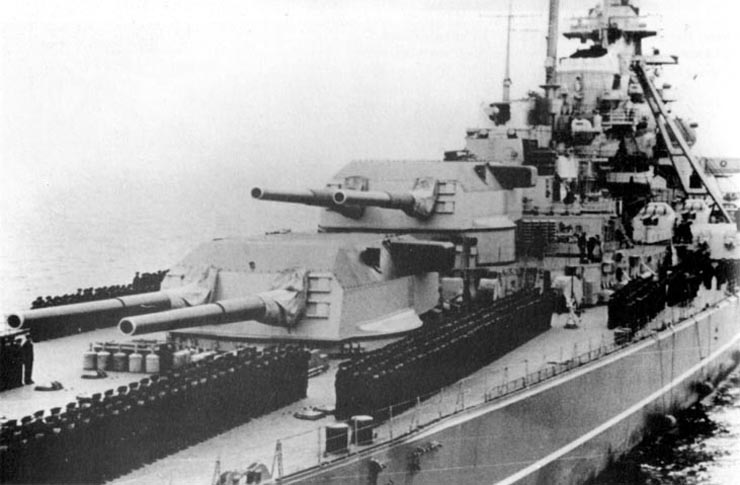
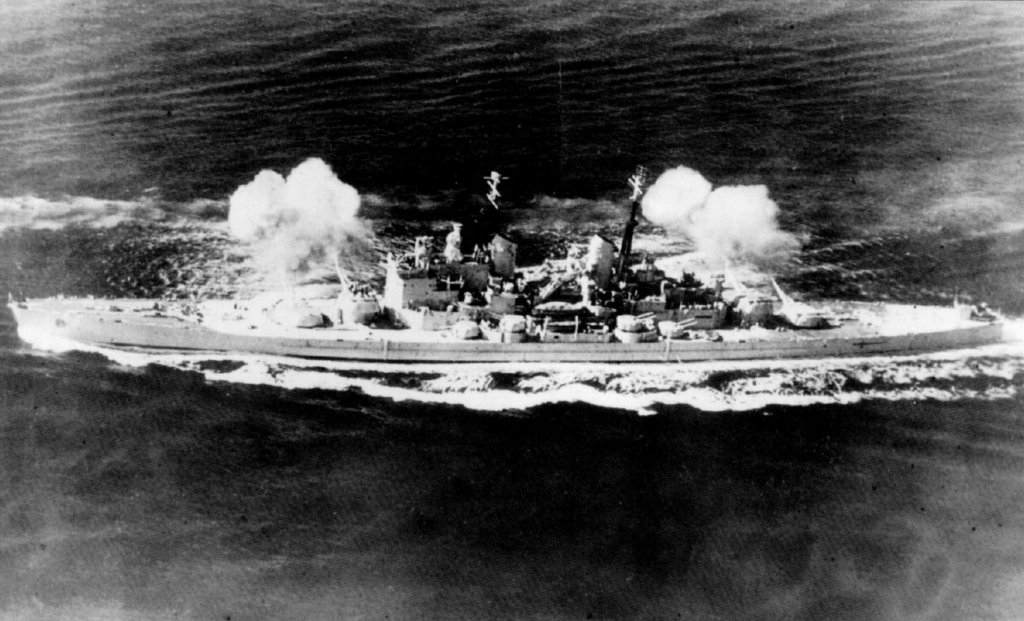

Anyone who has fired a small arm at a target should understand dispersion, a measure the deviation of the individual bullets around the center of the group, left-right up and down. Under normal conditions, define the grouping it in mils around that center.
The biggest issue in naval fire, is you now must lay the target flat on the ground (sea). The left-right component of dispersion will remain the same in mils at all ranges. However the up-down component now becomes a variation in range, entirely dependent on the angle of the fall of shot. At short ranges, the shot falls at an extremely shallow angle, and a 2 mil variation in dispersion can equate to a thousand yards. Similarly, at near maximum range, even a huge dispersion angle will result in a very small range difference.
Saying that a gun has a 150 yard spread is meaningless unless we know if the spread is in range or bearing, and if the range is ballistically short, medium or long.